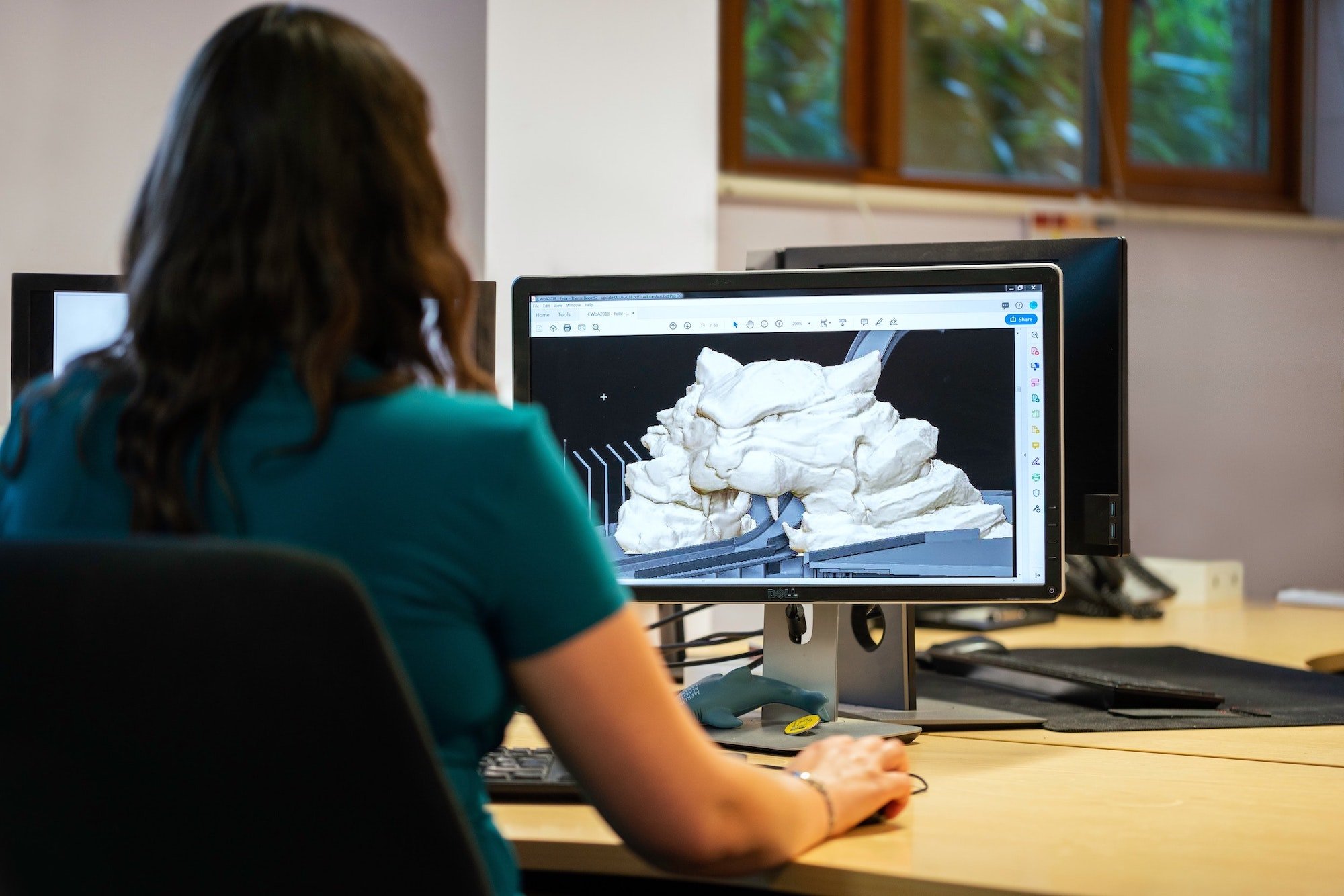
Why Context Matters in Software Selection
Analyst firms love to produce reports that compare technology solutions, businesses love to use those reports to support software selection and software suppliers in general love to hate them. Well, maybe that's too harsh, suppliers actually hate the process and only love the reports when it makes them look better than competitors. As a solution buyer, what do these comparison reports really tell you?

Digital Experiences: Cloud Communication
Most communication tools and access to channels show up in the business’ existing business applications like customer service, marketing automation, etc. The problem with that though, is that in general the communications are siloed to the specific function of the application and can’t be extended across the business. Silo’ed applications with silo’ed commutation capabilities hinder or prevent consistent messaging, consistent channel availability and internal collaboration around a specific issue. The same is true of single communication channel tools as well. When it comes to communications with customers, silos are inherently “bad”.

Digital Experiences: 3D eCommerce
The intersection of two hot technologies is creating an exciting new category of solution and experience for online shoppers (which after nearly 18 months of Covid lockdown is a great percentage of the population, in the developed world anyway). Both trends, 3D modeling and augmented reality (AR) / virtual reality (VR), have been around for some time. 3D modeling is used across product design, architecture, engineering and construction, building management, game design and animation very successfully. AR is seeing a broad range of business applications in warehouse management / logistics and other areas. VR is somewhat less widely used, mostly seen in video gaming, although other applications are starting to emerge as well.

Finding the "Right" Digital Solutions
Last year businesses realized that digital transformation wasn’t just a tech industry buzzword but something necessary for them to rapidly respond to the growing Covid-19 crisis. For companies that could do business with a remote workforce, getting the tools, systems and processes in place to enable work from home, eCommerce and digital customer connections was chaos, at least for those that were not already properly outfitted. Looking back now, it's easy to spot three distinct phases of the transformation. Phase one was basically reactionary, get anything in place that will keep the business operating, particularly focused on the newly remote workforce and in communicating with customers and prospects. Phase two was focused on eCommerce (for businesses that had that opportunity), cleanup of work processes and tools, and a growing concern over digital experiences for customers. Phase three, which seems to have started late last year, is broader, and focused on optimizing tools, processes and experiences. This phase will likely continue for the next 18-24 months as workforce policies and new ways to be competitive are explored and implemented.
